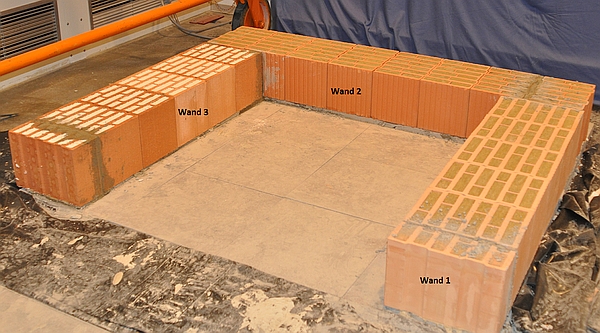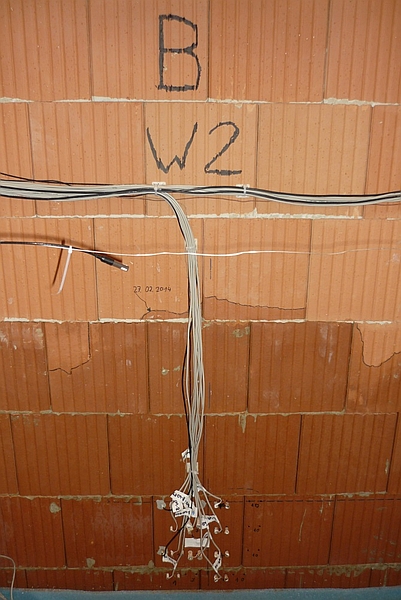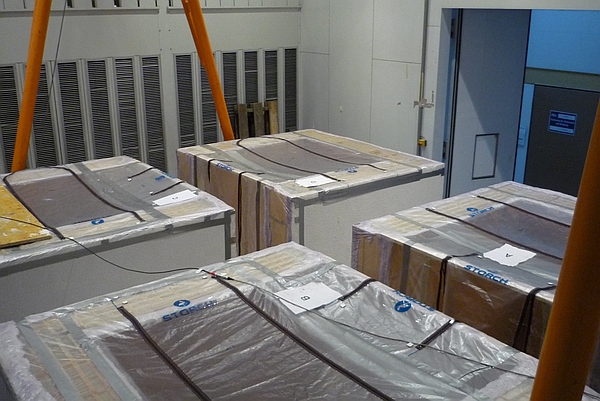


Drip by drip, water from leaky plumbing accumulates in a wall - this often occurs so gradually that it goes unnoticed for weeks on end. The homeowner only becomes aware of the problem when damp patches start to appear on the wall or ceiling. This is not an isolated occurrence: every year, insurance companies in Germany process over a million claims for water damage due to leaky pipes. The most common cause is the failure of aging plumbing systems, but other sources of water damage include burst pipes due to the freeze-thaw cycle, badly-installed plumbing, or flooding. This can subsequently lead to other problems such as the appearance of mold, the blistering of building materials and wall coverings, or more serious structural damage. And as if this is not enough, damp treatment companies increasingly have to deal with further complications due to the wide diversity of building materials, which are used in all possible combinations - from brickwork with integrated insulation to damp-proof membranes. Expert knowledge is required to choose the right treatment method.
In response to requests by industrial customers, researchers at Fraunhofer IBP investigated a number of construction materials with respect to their drying behavior. They analyzed four different floor structures consisting of concrete screed and EPS (expanded polystyrene) insulation in combination with three wall structures made of insulation-filled clay blocks. Different wall and floor drying systems and techniques were used to dry out the materials. The scientists built four identical test setups in the controlled-environment chamber at Fraunhofer IBP in Stuttgart, and introduced water at floor level over a period of two weeks to simulate the effects of flooding. Throughout the experiment, the same temperature and relative humidity were maintained in all four setups - in other words, identical environmental conditions. In three of these test setups, the researchers used different drying methods - firstly an underfloor drying system with absorption dryer, secondly an underfloor drying system with wall-mounted infrared heating panels and thirdly an underfloor drying system with the fan blower operated at maximum speed. The fourth setup served as a reference. The systems were left running for three weeks, then switched off for three days, and then switched on again for a further two weeks.
The experiment delivered measurement data from which the scientists were able to derive extensive information about the drying process, the effectiveness of the different drying methods, and the drying result.